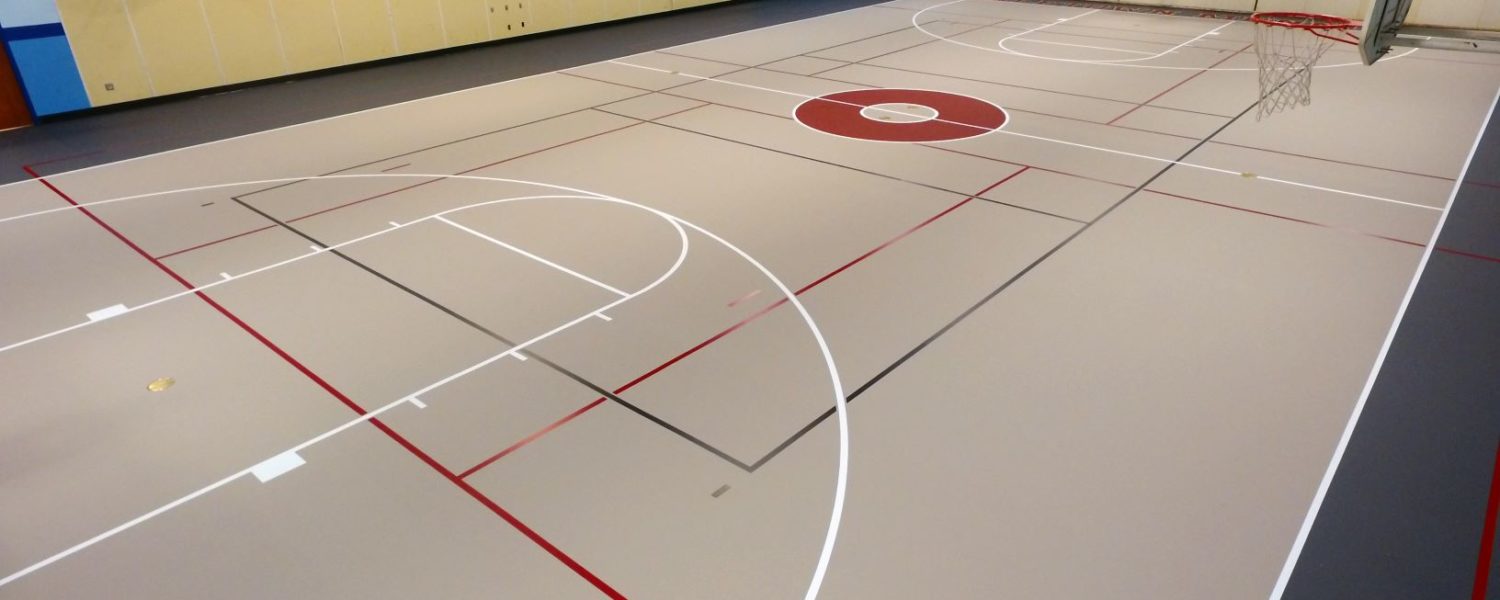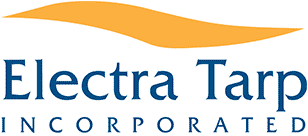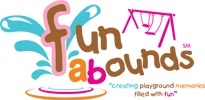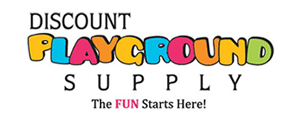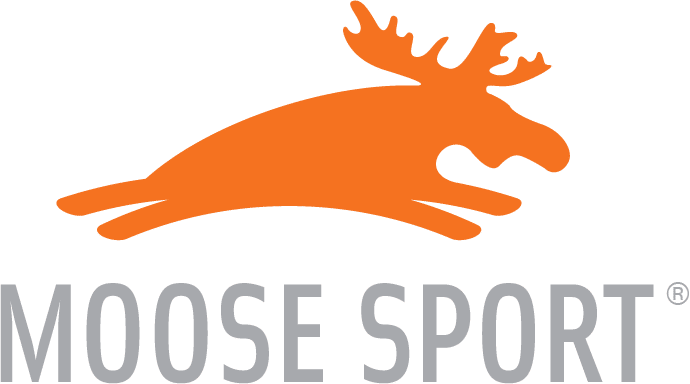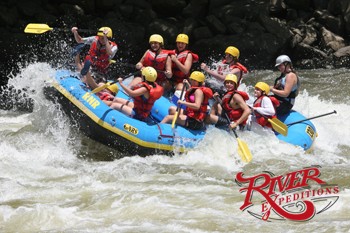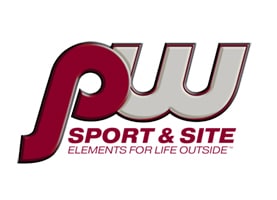By Hayden Delia
Purchasing and installing new gym flooring in your facility is a huge investment. Not only do you want to make sure your floor lasts, but you want to love the way it looks and performs.
These four suggestions will help you properly prepare to ask the right questions about your new floor. Use them as a resource to make sure you install the perfect gym floor for your needs and wants.
- What sports and activities will be played on the floor?
This is easily the most important question you should ask. This question should come up before planning on the floor even begins and will be the basis of all the decisions you make afterwards. While this question may seem obvious and unnecessary, it’s often easy to overlook just how many activities you can run on a single gym floor.
A basketball court doesn’t have to just be for basketball. Depending on the size of your space, you can add game lines for just about any sport. Game lines can also overlap each other, and different colors can be used to tell them apart.
If you ask yourself this question before everything else, you can be sure to get the most bang for your buck.
- Who will be using your new gym flooring?
The next big question to ask is who will be playing or running activities on the floor? Different age groups require different sports flooring to accommodate their body sizes and abilities. An elementary school gym wouldn’t require the same material that a high school would, and a high school wouldn’t require the same as an NBA court would.
The different sizes, shapes, and abilities of the athletes performing on your floor will have a large effect on what type of flooring you choose.
Also, consider what performance characteristics are most important for your facility. Is it ball rebound? Shock absorption? Injury protection? All of these factors come into play when choosing your new floor.
- What design are you looking for?
The design of your floor is a huge factor in your decision-making process. What type of material do you want to use? Are you looking at classic maple hardwood? Maybe you just want to mimic the look of hardwood with a cost-effective sports vinyl floor. You could want the seamless look of a pad and pour urethane floor. The choice is yours. Your floor is going to be in your facility for years to come, it should look exactly the way you want.
- Who’s going to install your new gym flooring?
One of the biggest decisions you’ll have while planning for your new gym floor is who you’ll trust to install it. You’ll want a company with years of industry practice, expert installation knowledge, and experience in many different facilities and sports. For your investment, you want to go with the best.
Sports Flooring Trends
Sports flooring has come a long way in the last few years. Athletic facilities are increasingly becoming multi-use and flexible multiplexes meant for more than just sports. With more customized options for equipment, architecture, and flooring, modern sports facilities are more complex than ever.
Flooring plays a vital role in the aesthetic and functionality of an athletic space. Because of this, trends in sports and fitness floors have reflected the development of multi-purpose complexes in the past several years. Sports floors have changed to become more dynamic, safe, and durable in order to keep pace with ever-changing sports facilities.
If you’re building a new space or renovating your old one, these are the four most important sports flooring trends to consider:
Safety and Comfort
The evolution of athletes and facilities has created a need for safer and more resilient floors on which to compete. Sports floors need to be cushioned and shock-absorbent to protect athletes from injuries and joint stress.
Synthetic urethane and rubber flooring, as well as vinyl, are excellent options for any indoor or outdoor court. Both provide an underlying cushion to assure maximum performance and lower injury risk.
Ease of Maintenance
Modern sports flooring trends require floors to be easy to clean and keep in good shape. Seamless floor systems are great examples of easy-to-maintain floors. Because both systems lack spaces in between tiles or wooden planks, they don’t accumulate dirt or water damage in hard-to-reach places. These floors can stay in good condition for 30+ years with proper upkeep.
Durability
Multi-purpose features and increased use requires sports flooring to be more durable than ever before. Your floor should be able to withstand extended periods of use and be resilient to scratches and marks.
In weight rooms especially, floors must be able to handle the impact of large weights. Rubber floors are perfect for multi-functional weight rooms. Inlaid platforms are also a great way to protect your sub-floor and optimize your weight room.
Multi-Functionality
Sports flooring trends have led to the development of many different types of multi-purpose floors. Several floor types allow custom game lines to fit any sport or activity you need.
Sports like pickleball and racquetball are becoming more and more popular. Sports floors must evolve to meet the standards of each different activity performed on them.
Hayden Delia is marketing manager for Abacus Sports, www.abacussports.com. Founded in 1991, Abacus has been designing and installing revolutionary floors across North America for almost 30 years.


